
AASTMT continues to be a leader in sustainable urban development, placing “building new structures to sustainable standards” at the core of its academic and operational strategy. Throughout 2023-2024, AASTMT has pioneered initiatives that merge innovative urban planning with resilient construction, preparing the next generation to build the smart cities of tomorrow.
The Alamein Campus: A Living Laboratory for Sustainable Urbanism
The ongoing development of the AASTMT Alamein Campus serves as a flagship project and a tangible commitment to sustainable new build standards. This campus is more than just a collection of buildings; it is a holistic model for a modern urban ecosystem. The master plan for the Alamein campus was designed with sustainability at its forefront. The project incorporates state-of-the-art standards for energy efficiency, water conservation, and solid waste management. The campus infrastructure features an intelligent transportation network to reduce congestion and emissions, ample green public space to mitigate the urban heat island effect, and sustainable drainage systems to manage flood risk. The design of student housing and academic buildings prioritizes natural light, ventilation, and the use of locally-sourced, low-impact materials, directly reflecting best practices in modern construction. This forward-thinking approach to urban development sets a new benchmark for educational institutions in the region. The campus itself is a case study, showcasing how new, large-scale developments can be built from the ground up to be environmentally sound, socially inclusive, and economically viable.
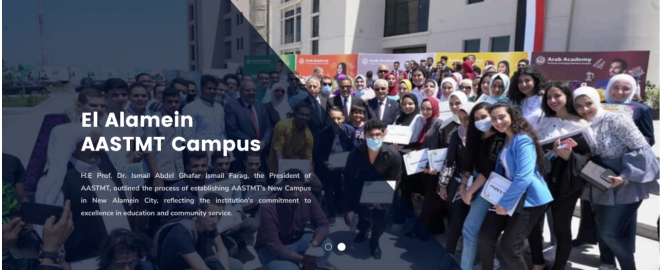
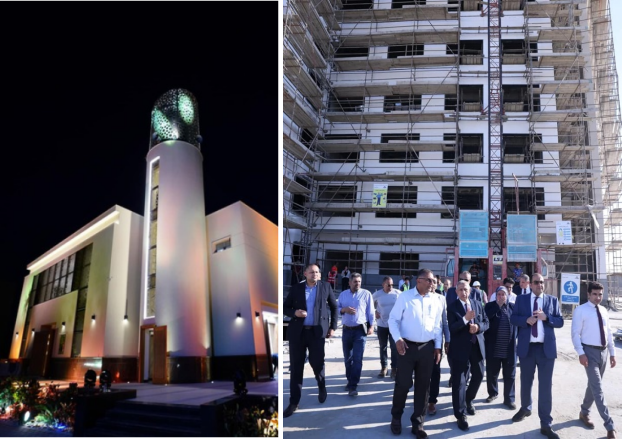
https://aast.edu/en/campuses/Elalamein/
Automation of Smart Homes Workshop
This workshop introduces students to smart building technologies, promoting energy-efficient, disaster-resilient, and connected homes. Participants learned how automation can enhance building safety during earthquakes or floods, reduce pollution, and support integrated urban planning. The initiative demonstrates the Academy’s commitment to equipping students with practical skills for sustainable urban development and smarter cities.
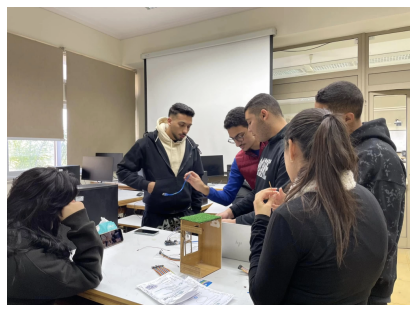
https://aast.edu/en/news/news-details.php?language=1&unit_id=45&news_id=486104264&event_type_id=1
Enhancing Urban Infrastructure Through Sustainable Water Management
A faculty member’s completion of CASTTC training on water supply and drainage technology highlights AASTMT’s dedication to sustainable urban infrastructure. The training strengthens expertise in municipal systems, supporting efficient road networks, resilient public spaces, and sustainable water management. This initiative exemplifies how professional development contributes to new build standards, resilient urban planning, and smart city implementation.


https://aast.edu/en/news/news-details.php?language=1&unit_id=1206&news_id=486103353&event_type_id=1
Advancing Sustainable Construction: Innovation and Partnership at AASTMT
Pioneering Resilient Urban Futures: AASTMT’s Integral Role in Sustainable Cities and Communities
The Arab Academy for Science, Technology and Maritime Transport (AASTMT) stands at the forefront of global urban development, orchestrating a transformative approach to building sustainable, inclusive, and resilient communities. Through a holistic integration of advanced research, academic excellence, strategic municipal partnerships, and policy advocacy, AASTMT is redefining the urban landscape. By championing the transition toward smart cities and resilient urban planning, the Academy effectively addresses the critical challenges of rapid urbanization, ensuring a greener future for all.
1. Revolutionizing Materials for the Circular Economy: AASTMT leads the charge in sustainable material innovation, directly addressing environmental challenges such as solid waste management and pollution. By developing eco-friendly concrete that repurposes industrial by-products like fly ash and slag, AASTMT actively diverts material from landfills, thereby mitigating environmental degradation. This initiative, applied across campus infrastructure, demonstrates a commitment to reducing waste and optimizing urban land use, serving as a scalable model for circular economic principles in the construction sector.
2. Cultivating Expertise in Sustainable Urban Planning: Recognizing that the future of cities relies on educated leadership, AASTMT has deeply integrated sustainability into its curricula (especially: architecture and engineering curricula). Courses focus on town planning, city planning, and housing design, preparing students to navigate the complexities of the housing market and urban regeneration. By emphasizing intelligent systems and renewable energy integration, AASTMT equips graduates to design LEED-certified projects and advocate for smart city solutions that prioritize inclusivity and public space.
3. Synergistic Partnerships for Urban Regeneration: Through robust collaboration with government bodies and NGOs, AASTMT acts as a catalyst for the urban regeneration of existing infrastructure. Leading the "Green Building Initiative" alongside the Egyptian government, the Academy drives the retrofitting of municipal and public buildings. These efforts focus on installing energy-efficient systems and water-saving fixtures, effectively reducing the carbon footprint of the city. Furthermore, these initiatives respect cultural heritage and historic buildings, ensuring that modernization efforts work in harmony with the preservation of heritage sites.
4. Harnessing Smart Technologies for Climate Resilience: AASTMT serves as a living laboratory for intelligent transportation and building technologies. By integrating Building Information Modeling (BIM) and IoT, AASTMT optimizes energy efficiency and resource management. These smart interventions are crucial for monitoring urban heat, mitigating heat island effects, and analyzing land cover changes. The campus acts as a testbed for solutions that can be scaled to wider road networks and public transport systems, enhancing the overall intelligent fabric of the urban environment.
5. Policy Advocacy for Disaster Resilience and Safety: Beyond technical innovation, AASTMT is a key player in shaping national policy. Experts from AASTMT were instrumental in developing the Egyptian Green Building Code, establishing benchmarks for disaster prevention, mitigation, and safety. This framework addresses critical resilience factors, including protection against earthquakes, seismic activity, flood risk, and other natural disasters. By influencing codes that govern road safety, sewage infrastructure, and disaster mitigation, AASTMT ensures that the urban development of the future is safe, resilient, and sustainable.
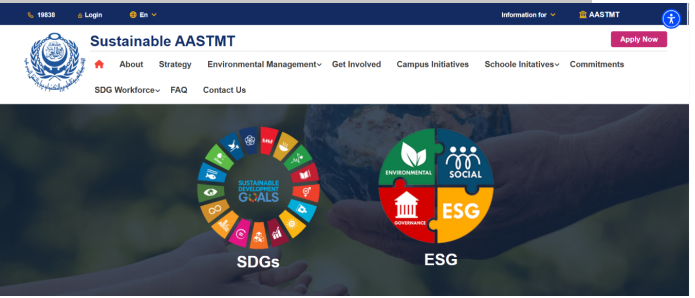

Pioneering Sustainable Construction Through Innovation and Collaboration
AASTMT plays a vital role in promoting sustainable building practices through research, education, partnerships, smart technologies, and advocacy. Its efforts include developing eco-friendly concrete using recycled materials, integrating sustainability into architecture and civil engineering curricula, and collaborating on initiatives like the Egyptian "Green Building Initiative" to retrofit government buildings. AASTMT also embraces smart technologies, such as energy management systems, and contributes to policy development, including the Egyptian Green Building Code. These initiatives collectively advance sustainable construction and inspire a greener future.
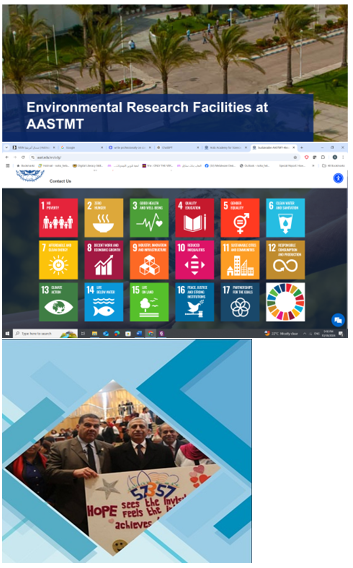
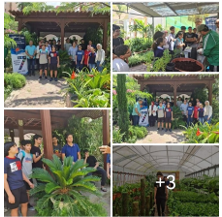
Build new buildings to sustainable standards
The Academy participated in the Green Environmental Initiative by growing plants to adorn the Academy and preserve the environment.
Cooperation with Rotary to train students on planting trees at the AASTMT
video for Build new buildings to sustainable standards on AAST Aswan Student Affairs Facebook page